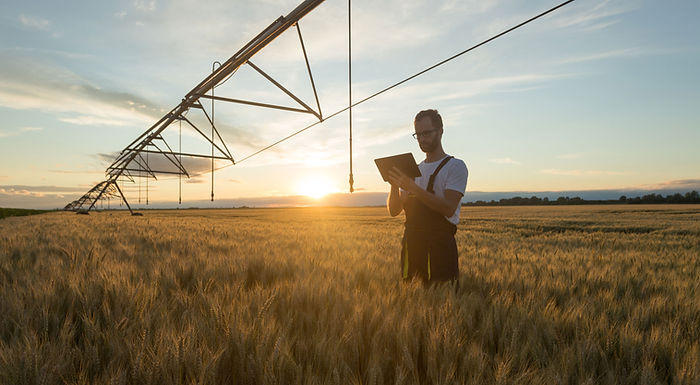Canadian grain commission taps surplus to keep fees steady
KCJ Media Group staff
October 29, 2025

Canadian News
The Canadian Grain Commission (CGC) will rely on its financial surplus to balance its books over the next few years, avoiding increases to grain inspection fees for producers and exporters. The move comes as the agency faces a widening gap between revenue and expenses due to lower grain volumes and rising operational costs.
The regulator, which oversees grain quality, grading, and exports, expects expenses to exceed revenues for the next three fiscal years. It plans to draw down its surplus — built during years of higher grain movement — to maintain financial stability without burdening farmers or grain companies with higher service charges.
The surplus, once more than $100 million, is projected to decline to roughly $57 million by March 2027. Of that total, about $40 million is set aside as a contingency reserve to help absorb financial risks or market disruptions. The drawdown plan is designed to sustain current fee levels until at least 2027, when the next review is scheduled.
The commission’s financial challenges stem from several factors, including declining grain inspection volumes following the record harvests of 2020 and 2021. Inflationary pressures, salary increases, and higher maintenance costs have further contributed to the shortfall. Even though the agency adjusts fees annually based on inflation, those increases have not been enough to cover operating expenses.
According to government documents, maintaining steady fees will help support stability across the grain handling system and reduce cost uncertainty for producers already facing fluctuating commodity prices and high input costs. The commission said it remains committed to efficient operations while ensuring the integrity of Canada’s grain grading and inspection system.
By using its accumulated surplus, the regulator avoids the immediate need for fee increases, providing short-term relief for farmers and exporters. However, continued financial strain could make future fee adjustments unavoidable once reserves diminish. The commission said it will consult industry groups before any new rates are introduced in future years.
The CGC’s approach reflects broader financial pressures across Canada’s agricultural sector. Grain exports have declined from earlier pandemic highs, while global competition and shifting trade patterns have tightened margins. For many producers, avoiding higher inspection fees helps offset some of those headwinds, particularly as shipping and fertilizer costs remain elevated.
The regulator’s decision also highlights how federal agencies balance fiscal responsibility with industry support during volatile market conditions. By relying on savings rather than imposing new charges, the CGC provides a buffer period for the grain sector, though analysts suggest long-term solutions will be needed to sustain the agency’s operations once the surplus is depleted.
The next financial review in 2027 will determine whether fees must rise to replenish reserves or if continued efficiencies can offset future costs. Until then, the commission will continue using its surplus to maintain service levels and uphold Canada’s reputation for reliable, high-quality grain exports.








